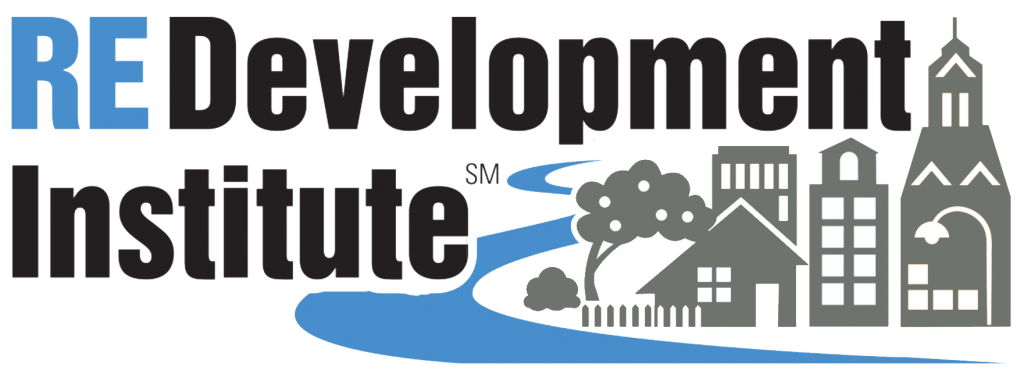
Changing a site to something productive takes vision and persistence over a long period of time. This type of work also requires new and creative partnerships. The Overland Jeep 80-acre site in Toledo, Ohio is a great example of working partnerships.
Communities consistently make similar common mistakes when going through the long-term recovery process — whether they are recovering from a natural disaster, sudden and severe loss of jobs with massive localized layoffs, or the COVID-19 pandemic. However, just because these are common mistakes, does not mean your community has to make them or learn the hard way. Here is a review of the top five economic recovery mistakes communities make and how you can avoid them as we transition from the COVID response, through reopening, to long-term recovery and a steady state stronger and more prosperous than when we entered this economic disruption.
Mistake #1: Lack of stakeholder coordination
So many aspects of government and community engagement are interrelated or interdependent with long-term recovery—education, public health, and transportation being just some examples. Too often, there is a lack of coordination between siloed stakeholders. Have a transparent and coordinated interagency system in place for your stakeholders, community groups, and all levels of government for messaging, community engagement, federal and philanthropic grants management, and comprehensive planning alignment.
Mistake #2: Conflating recovery and response
Response and recovery are interrelated phases during the long-term recovery continuum; however, the two involve different approaches and strategies. The response phase takes place during the days and weeks that follow a disaster or major disruption. Look at recovery and response differently. Ensure that these concepts are universally understood and accepted with messaging and stakeholder engagement.
Mistake #3: Relying only on the existing governance structure for long-term recovery efforts
Existing governance structures are not adequate to appropriately approach long term recovery. The demand for recovery work, above and beyond normal duties, is typically too much to place on existing staff and leadership. Leadership changes over time as well — so your recovery priorities and policies must withstand the transition in leadership so to not jeopardize, confuse, and delay recovery resources and plans. Develop a policy and oversight governance structure specifically for recovery that is as politically agnostic as possible. Ensure that you have representation from different sectors as they are interrelated — from all levels of government, stakeholder groups, private sector, and so on.
Mistake #4: Lack of subject matter experts and dedicated staff
During the long-term recovery phase, there is a significant increase in demand placed on staff of associated non-profit organizations, institutions of higher learning, and government agencies. Develop the capacity in place to support that structure with subject matter experts and dedicated interagency staff for the long-term recovery execution and implementation of plans and strategies. The challenge is usually funding, but capacity-building specific to recovery is something that should be prioritized for outside funding if internal funding cannot cover the long-term expense associated with additional staff and contractors.
Mistake #5: Neglecting the long-term recovery strategy
With trillions of dollars available with federal and philanthropic resources to approach a long-term recovery, ensure that you are using your coordinated recovery oversight organization supplemented with recovery capacity. A major economic disruption or disaster, especially when significant supplemental financial resources are in place to approach recovery, requires a long-term view. The vision of your community’s ecosystem can be completely different when a collaborative, transparent, and creative approach is enacted. Work with your community and stakeholder groups to develop a strategy to change the trajectory of your economic climate and develop an innovative vision for your workforce ecosystem.
Long term recovery is complex and requires a coordinated approach with the dedicated capacity to support the initiatives. With appropriate dedicated and coordinated governance and oversight of long-term recovery policies, funding, and initiatives, you can move your community forward to a stronger economy, perhaps even stronger and more resilient than when we entered the COVID-19 pandemic.
This post is adapted from a more comprehensive article.

